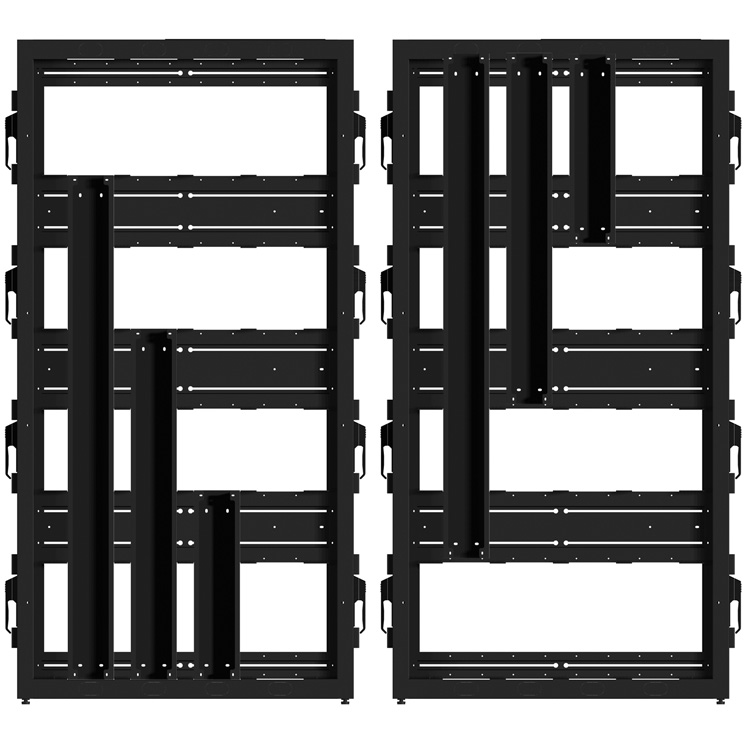

DNS server - this is often the achilles heel of a busy conference wireless network, and usually DNS is served by an underpowered server on the router itself. Another tip is to ensure your laptop isn't using the adapter in a low power mode to save battery.Ģ. Obviously you can also try varying your position. If signal strength is poor you may have better results by fixing at 11Mbps by setting to 802.11b. The retraining seriously disrupts the connection. If signal strength is low you will find your adapter may spend a lot of time training between different speeds, particularly if you use 802.11g. Signal strength - this can vary greatly depending on where you are sitting. Here are a few tips I find helpful if you are struggling.ġ. It's fairly characteristic of conference centres to offer wireless Internet access but unfortunately it's also usual for it to not work very well, the ASM is no different. Some RAST annotations are available, see the comments thread.Ī few tips for fixing dodgy Wireless access at conferences I am going to have a play around with this and hopefully we can start keeping all our crowd-sourced data here in a logical format. Marina Manrique has set up a Github repository and Wiki for this EHEC crowd-sourcing project. I think the consensus is now that this strain has been seen and subsequently typed in the past (hence ST678 - not a new sequence type), but before now we did not have a genome sequence for this particular strain. Some more useful discussion from Phylogeo about the novelty of this strain. However I still don't have any details on how that assembly was done (I have asked), which seems important. Results here.ĭavid Studholme has looked for strain-specific genes in TY2482 and found some, including a class A beta-lacatamase.īGI have published some more analysis of the genomes and have suggested people use their assembly for further comparison. Kat Holt has picked up the gauntlet of doing some whole-genome SNP comparisons of the strains. Who will take on the challenge of building a whole-genome phylogeny? I don't have any details on program used or parameters just yet but I've enquired. I am going to try and find a place where the latest information can be collated to aid in further crowd-sourcing analysis.īGI just released two more 314 chips worth of data and their own assembly of TY2482. I've heard from another group they are planning on sequencing another isolate. Mike the Mad Biologist has looked at the TY2482 assembly and concludes it is ST678 (or closely related) which agrees with the original molecular typing release from the Robert Koch Institute. In summary: TY2482 assembly (BGI reads, my assembly), LB226692 assembly (Life Tech reads, assembly). So opportunities for comparison exist now. This first - named TY2482 - was done by BGI in collaboration with University Medical Centre Hamburg-Eppendorf and the second was done by Life Tech in-house in collaboration with University of Muenster - this is called LB226692. There are two O104 isolates sequenced from this outbreak now. A small number of de novo and consensus contigs were merged using CAP3." These contigs were used as a 'backbone' for mapping of reads, followed by de novo assembly of unmapped reads with the MIRA assembler (v 3.2.1). coli 55989 chromosome (CU928145.2) and the derived consensus was split into contigs at zero-coverage regions. "Reads were mapped with TMAP against the publicly available E. NCBI have also posted a preliminary assembly (of a different isolate - LB226692) - although it is not a true de novo assembly. Results are available: contigs reordered according to E. Torsten Seemann and Simon Gladman from the Victorian Bioinformatics Consortium have sent me the results of their in-house annotation pipeline. Marina Manrique has run the assembly through their BG7 bacterial genome annotation pipeline, results are here. Parameters are: mira -job=denovo,genome,accurate,iontor -GE:not=1 The problem is I don't have much time to dig into the data.īut I've put a first-pass de novo assembly up using MIRA (3.2.1.17_dev) here. Shall we crowd source some analysis? This comes at a very timely moment as I am currently help organise the Applied Bioinformatics & Public Health conference in Hinxton ( #ABPH11), where we are discussing the use of whole-genome sequencing in epidemiology. I hope it is released with no specific restrictions on use for the benefit of the entire community, but the site doesn't make that entirely clear.
#LICENSE SERVER DIDNT WORK FOR CLC GENOMICS WORKBENCH TORRENT#
Keep track of the genomic analysis of the EHEC strains on our Github Wiki.īGI have released 5 runs of Ion Torrent data for the German EHEC/VTEC outbreak strain.


 0 kommentar(er)
0 kommentar(er)
